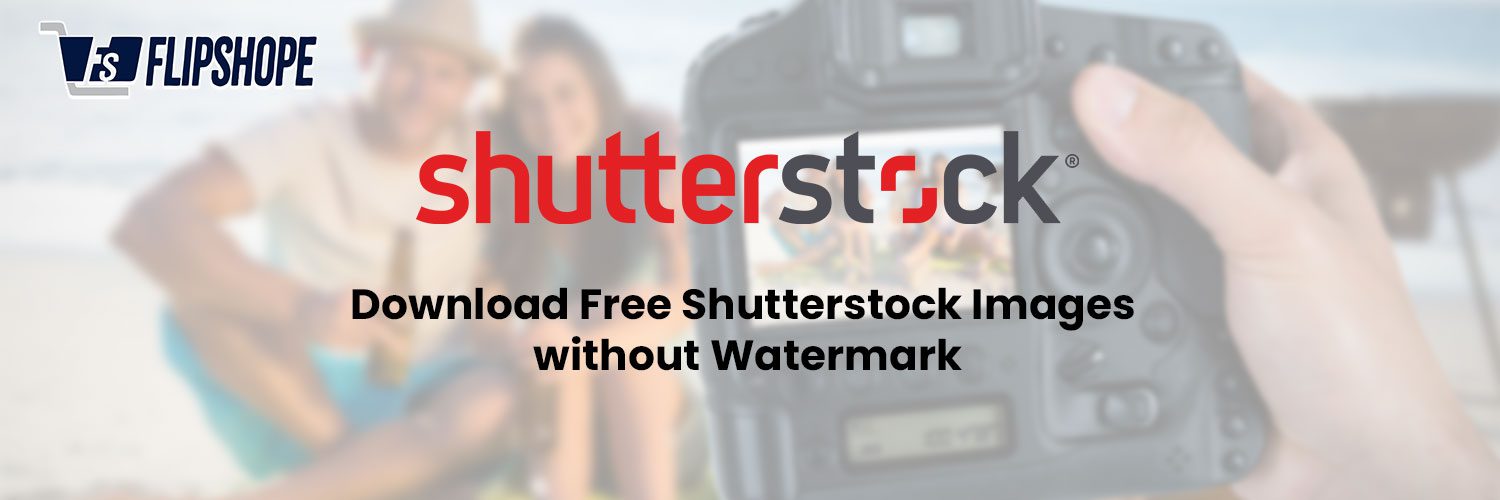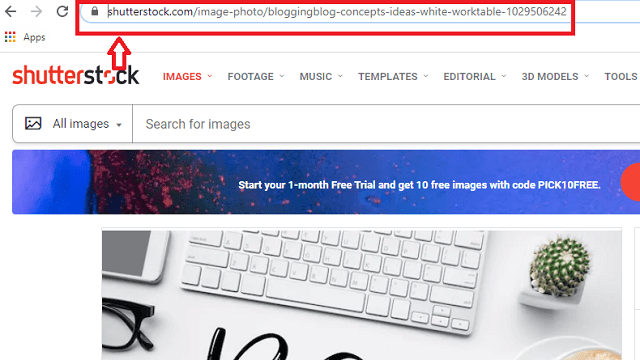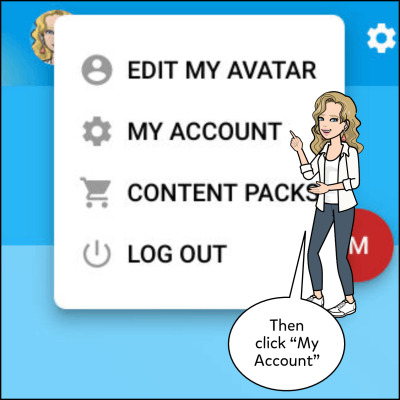Looking for high-quality images without those annoying watermarks? Shutterstock is a fantastic resource for stunning visuals, but their images typically come with a watermark unless you have a license. The good news is, there are legit ways to access free Shutterstock images without watermarks for your projects, whether you’re a blogger, designer, or social media enthusiast. In this guide, we’ll explore how to find and use these images legally and ethically, so you can make your content stand out without any watermark distractions or copyright worries.
Understanding Shutterstock’s Licensing and Watermark Policy

Before diving into how to get free images, it’s important to understand Shutterstock’s licensing and watermark policies. Shutterstock operates on a licensing system that grants users the right to use images in various ways, depending on the type of license purchased. There are two main types:
- Standard License: Allows for use in digital and print media, but has restrictions on the number of copies or impressions.
- Enhanced License: Offers broader rights, including unlimited copies and use in merchandise or products for resale.
Now, regarding watermarks—these are overlay images placed on Shutterstock previews to prevent unauthorized use. When you browse Shutterstock for images, you’ll see these watermarked versions. To access the high-resolution, watermark-free images, you usually need to purchase a license or subscribe to their service.
However, there are some important points to keep in mind:
- Legitimate Free Downloads: Shutterstock does offer some free images through their Free Collection, which are watermark-free but limited in number and availability, and require creating an account.
- Using Watermarked Previews: These are meant for preview purposes only. You can’t legally use them in your final projects unless you purchase the license.
- Third-Party Sources and Risks: Be cautious about websites claiming to offer free Shutterstock images without watermarks outside of Shutterstock’s official channels. Many such sites may be illegal, unsafe, or violate Shutterstock’s terms of service.
Understanding these policies helps you avoid legal pitfalls and ensures you’re respecting content creators’ rights. If you’re looking for free, watermark-free Shutterstock images, sticking to their official free collection or subscribing to their service is the safest and most ethical approach.
Legal Ways to Access Free Shutterstock Images Without Watermarks

If you’re looking to get high-quality Shutterstock images without the annoying watermarks and, most importantly, without breaking any laws, there are some legit routes you can take. Let’s dive into the options that keep you on the right side of copyright rules while still giving you access to stunning visuals.
1. Shutterstock’s Free Image Collection
Did you know Shutterstock offers a selection of free images every week? These images are officially available for download and come without watermarks. You can browse their free collection on their website, which is updated regularly. Simply create a free account, and you’ll have access to download these images legally and without watermark restrictions.
2. Participating in Shutterstock’s Freebie Promotions
From time to time, Shutterstock runs special promotions where they give away free images or even free credits. Keep an eye on their official blog or sign up for their newsletter to stay in the loop. During these promotions, you can download images directly without watermarks, and they’re fully licensed for your use.
3. Creative Commons Licensed Images
While not directly from Shutterstock, many photographers upload their work under Creative Commons licenses, which allow free use with some conditions. Websites like Unsplash or Pixabay offer images similar to Shutterstock’s style. Make sure to check the license details, but most are free for commercial and personal use without attribution.
4. Use Stock Photo Platforms with Free Offerings
Platforms like Pexels, Unsplash, and Pixabay partner with Shutterstock and other stock photo agencies to offer free images legally. These sites curate high-quality photos you can use confidently, knowing they’re licensed for your needs. Always verify the license type just to be safe.
Remember, accessing images through these legal channels ensures you respect photographers’ rights and avoid potential legal issues. It might take a bit more time, but it’s worth it for peace of mind and supporting creators.
Using Shutterstock’s Free Trial and Promotions Effectively

If you’re eager to get your hands on Shutterstock images without watermarks, their free trial and promotional offers are your best bet. Here’s how to make the most of these opportunities without falling into pitfalls or overspending.
1. Sign Up for the Free Trial
Shutterstock often offers a free trial period, typically 1 month, during which you can download a set number of images without watermarks. To get started:
- Create a new account on Shutterstock.
- Choose the free trial option during signup.
- Download images within the trial period — remember, these are watermarked, but you can use them for proofing or concept development.
After the trial, you can decide whether to subscribe or not. If you cancel before the trial ends, you won’t be charged, and you’ll have access to the watermarked images for free during that period.
2. Use the Trial to Download Watermarked Images Legally
While the trial images come watermarked, they are licensed for personal, non-commercial use. If you’re just testing ideas or creating mockups, this can be a valuable resource. If you need the images without watermarks for commercial projects, you’ll need to purchase a license.
3. Take Advantage of Promotional Credits
Shutterstock sometimes offers promotional credits or discounts on their subscription plans. These can significantly reduce costs if you decide to continue using their service after your trial. Keep an eye on their official website or subscribe to their newsletter for updates.
4. Plan Your Downloads Strategically
During your trial or promotional period, plan your downloads carefully. Make a list of the images you want, and download them when they are available. This way, you maximize the value of the free trial without wasting opportunities.
5. Be Aware of Usage Limits
Most free trials have download limits. Make sure to understand these constraints so you don’t run into issues. If you need more images, consider subscribing or exploring other free image sources to supplement your project.
In summary, leveraging Shutterstock’s free trials and promotions smartly allows you to access high-quality images legally and without watermarks. Just remember, always read the terms and conditions, and respect licensing rules to keep your projects ethical and legal.
Exploring Alternative Free Image Resources Without Watermarks
So, you’re on the hunt for high-quality images but want to avoid those pesky watermarks or hefty price tags. The good news? There are plenty of websites and platforms that offer free, watermark-free images suitable for your projects. Let’s dive into some of the most popular and reliable options!
Unsplash is a favorite among bloggers, designers, and content creators. They boast a vast library of stunning, high-resolution photos contributed by talented photographers worldwide. Best of all, these images are free to download and use without attribution (though giving credit is always appreciated!).
Pexels offers a wide range of free stock photos and videos under a license that allows you to use them for commercial and personal projects without watermarks. Their collection covers everything from landscapes to technology, so you’re likely to find what you need.
Pixabay is another treasure trove of free images, illustrations, vectors, and videos. All content is released under Creative Commons Zero (CC0) license, which means you can use, modify, and distribute them freely without attribution—even commercially.
Beyond these giants, there are niche sites like FreeImages, Rawpixel, and StockSnap that regularly update their collections with fresh images. Just be sure to double-check the licensing terms—most of these sites provide images that are free to use without watermarks, but some may have specific restrictions.
And don’t forget social media platforms like Instagram or Flickr. Many photographers share their work under Creative Commons licenses. When using images from these sources, always verify the licensing details and give proper credit if required.
In summary, exploring these alternative resources can save you time and money. With a bit of searching, you’ll find beautiful, watermark-free images perfectly suited for your needs—no watermark, no problem!
Tips for Ensuring Proper Attribution and Usage Rights
Getting free images is fantastic, but it’s equally important to respect the rights of the creators behind those photos. Proper attribution and understanding usage rights help you stay within legal boundaries and give credit where it’s due. Here are some handy tips:
- Always read the license: Before downloading or using an image, check the licensing terms. Even if an image is free, some licenses require attribution or have restrictions on commercial use.
- Provide proper attribution: If the license asks for credit, include it in a visible location near the image. A typical attribution includes the creator’s name, the source, and the license type. For example: Photo by Jane Doe on Unsplash.
- Use attribution generators: Some websites offer tools that automatically generate attribution statements based on image metadata, making it easier to give proper credit.
- Keep records: Save the original download page or license details for each image you use. This documentation can be helpful if questions about usage rights arise later.
- Be cautious with restrictions: Some images may be free but have restrictions like no modification, no commercial use, or attribution requirements. Always respect these rules to avoid legal issues.
- Use Creative Commons licenses wisely: CC licenses come with different levels of permissions. For example:
- CC0: No attribution needed.
- CC BY: Attribution required.
- CC BY-SA: Attribution and share-alike provisions.
By following these tips, you not only stay compliant but also support the talented photographers and creators who generously share their work for free. Remember, respecting usage rights fosters a respectful and sustainable creative community!
Conclusion and Best Practices for Using Shutterstock Images Legally
Using Shutterstock images can greatly enhance your projects, but it’s essential to do so responsibly and legally. Always ensure you have the appropriate license for the intended use, whether it’s for commercial or personal purposes. Remember that unauthorized use or distribution of watermarked images is illegal and can lead to legal consequences.
To stay compliant, consider the following best practices:
- Purchase the correct license: Always buy the license that matches your intended use, such as standard or extended licenses.
- Use free resources responsibly: If you find free Shutterstock images, verify that they are legitimately offered for free and adhere to the licensing terms.
- Attribute when required: Some images may require attribution; always provide proper credit if stipulated by the license.
- Maintain proper documentation: Keep records of your licenses and purchase receipts to prove legal use if needed.
- Avoid watermarked images: Never use images with watermarks for final projects; always obtain a license for the high-quality version.
| Best Practice | Description |
|---|---|
| Verify Licensing | Ensure you have the right license for your specific needs. |
| Respect Usage Limits | Follow the license restrictions to avoid violations. |
| Proper Attribution | Credit photographers if required by license terms. |
| Keep Records | Store proof of licensing for future reference. |
By adhering to these best practices, you can confidently incorporate Shutterstock images into your projects while respecting copyright laws and supporting content creators.


